Murky waters, crystal clear legacy for BM1 James E. Williams
- By Sandboxx
Share This Article
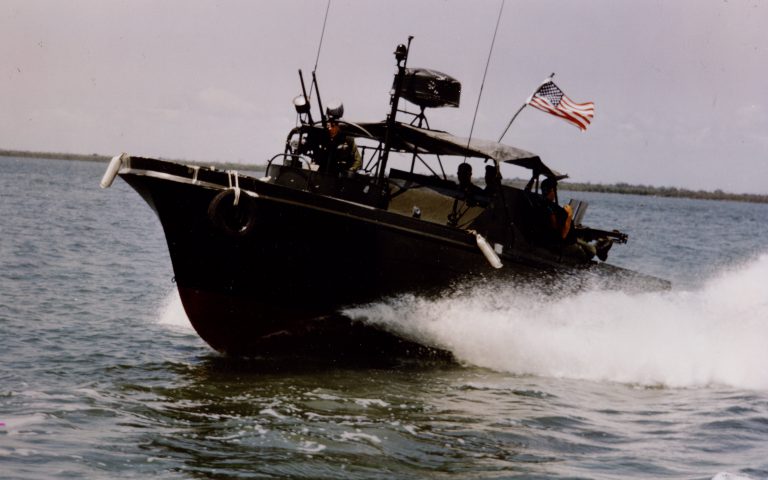
Boatswain’s Mate 1st Class James E. Williams was not new to war.
In his 19 years of active duty service, the Cherokee Indian served in both the Korean and Vietnam Wars, and his experience was rewarded with more responsibility. Williams commanded not only River Patrol Boat (PBR) 105, but also another PBR through the murky waters of the treacherous Mekong Delta. The patrol was nothing new for Williams and the crew of PBR-105. Many of their patrols in that area were met with enemy resistance and served to season the crewmembers of PBR-105. Williams and his crew obtained high-value intelligence data following successful engagements, earning Williams two Bronze Stars and the Silver Star.
This experience proved vital for October 31, 1966.
During a 1997 interview with the Norfolk, Va.-based newspaper The Virginian-Pilot, Williams described the day’s patrol as “a relax-and-recreation patrol as opposed to the more dangerous night operations.” The crew, still alert and ready, jumped into action when two high-speed Viet Cong vessels were spotted. After disabling one vessel, another slipped into a shallow canal, forcing PBR-105 and PBR-101 into an alternative route. This detour put both boats directly into an enemy staging area.
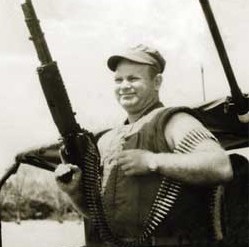
“Looking at the map, I could see where he had to come out,” said Williams. “I turned hard right to wait for him. As I did that, lo and behold, we found a big staging area. All I could see were boats and people. They were shooting at us from the right and left and we were shooting. They were doing more of hitting each other than we were.”
Both boats, guided by Williams’ tactics and command, evaded through the staging area.
“We got through that and I am trying to zigzag,” said Williams. “I go by a couple more corners and turn into this area. Lo and behold, we hit the second staging area.”
Both boats, with eventual assistance from a helicopter gunship, fought the Viet Cong. The engagement resulted in the American forces killing more than 1,000 Viet Cong guerillas and destroying more than 60 vessels.
While this engagement was just one of the heroic actions Williams performed, it was this day that earned him the prestigious Medal of Honor from President Lyndon B. Johnson.

“The 105 and the crew, we were always into something or other,” said Williams. “We weren’t looking for it. I was just doing a job to the best of my ability. I wasn’t out there trying to win medals. Events just happened.”
Following 20 years of active duty, Williams was made an honorary Chief and went on to serve as a U.S. Marshall. Williams retired from the U.S. Marshall Service in 1983 as a GS-15. On Oct. 13, 1999, Williams passed away at the age of 68. The most decorated enlisted Sailor in U.S. Navy history, Williams left a legacy and an example for future Sailors. None embody Williams’ motto “Lead from the front” more than the Sailors aboard the Arleigh Burke-class guided-missile destroyer USS James E. Williams (DDG 95).
“You will find no other crew that works harder than this one,” said Cmdr. Chris Norris, the commanding officer of the James E. Williams. “The most recent deployment took a lot of resiliency and fortitude. The crew excelled in the mission, all in this COVID-19 environment. They took care of the ship and each other.”
The James E. Williams, currently in a maintenance phase, spent 317 days of 2020 away from their Naval Station Norfolk homeport. Nevertheless, the crew succeeded at the deployments’ tasking.
“[Williams’] legacy is do your best and be the best,” said Command Master Chief William Worthen, the command master chief of the James E. Williams. “These are some of the most resilient warriors that I have ever been around. no matter the size of the job, they will find a way to get it done.”
Williams’ Medal of Honor citation is prominently displayed on the James E. Williams’ mess decks, providing Sailors a daily reminder of his legacy.

“His example allows ordinary people to evolve and do extraordinary things,” said Norris. “It serves as a very powerful motivator and lets Sailors connect with the lives and struggles that have gone before them. It helps Sailors realize that perhaps their struggle is not new and others have overcome struggles of their own.”
Since 2017, March 29 has been annually recognized as National Vietnam War Veterans Day. More than nine million men and women served in the military during the Vietnam War, and more than six million remain today.
“Remembering those who have served before us, especially in Vietnam, is very important,” said Norris. “Many people, when they think Vietnam, they think Army and Marine Corps, maybe the Air Force. A lot of people do not understand the Navy’s role in that conflict and how important it was. The contributions Sailors made during the conflict laid the foundation for Sailors now.”
From the deckplates of James E. Williams to the highest public officials, the example set by Vietnam veterans is still revered.
“Chief Williams’ brave and selfless service represents the sacrifices that all Vietnam veterans made to support and defend the Constitution,” said Kansas Senator Jerry Moran. “As a leading member of the Senate Veterans’ Affairs Committee and the son of a veteran, it is an honor to recognize all who served in Vietnam on the 50th Vietnam War Veterans Day.”
-By Mass Communication Specialist 2nd Class Jacob Milham
Feature photo courtesy of US Navy
Related Posts
Sandboxx News Merch
-

‘AirPower’ Classic Hoodie
$46.00 – $48.00 Select options This product has multiple variants. The options may be chosen on the product page -

‘Sandboxx News’ Trucker Cap
$27.00 Select options This product has multiple variants. The options may be chosen on the product page -

‘Sandboxx News’ Dad Hat
$27.00 Select options This product has multiple variants. The options may be chosen on the product page

Sandboxx
The editorial team at Sandboxx.
Related to: Military History
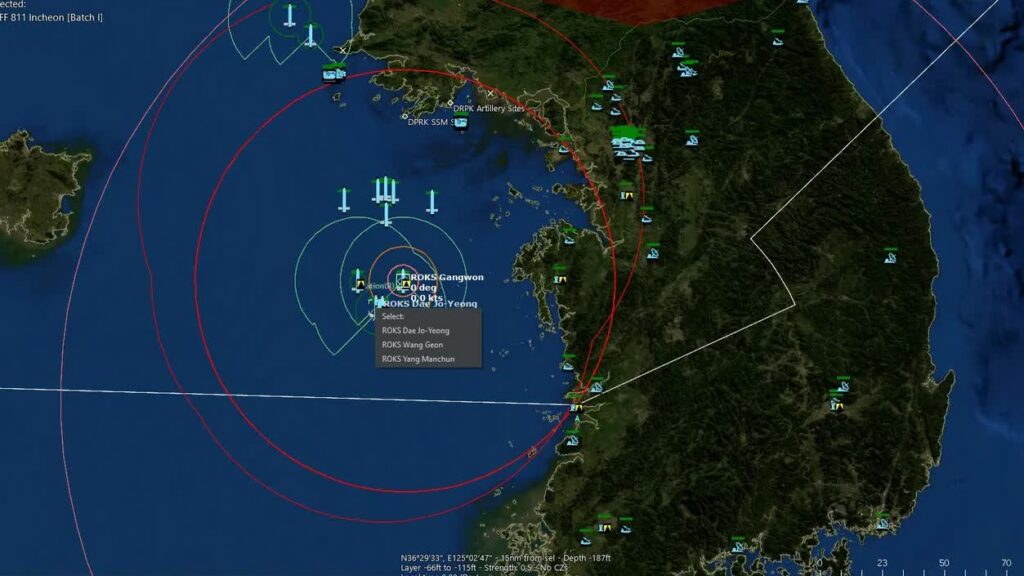
The Air Force is letting troops play a video game to prepare for global conflict
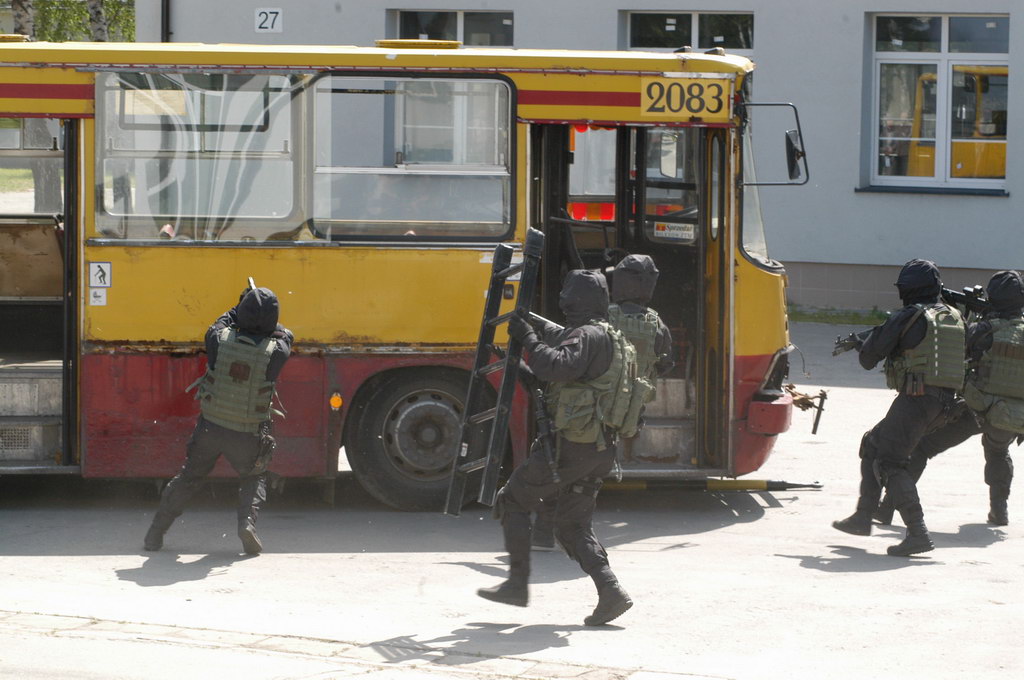
Delta Force escapades with Poland’s elite GROM special operations unit
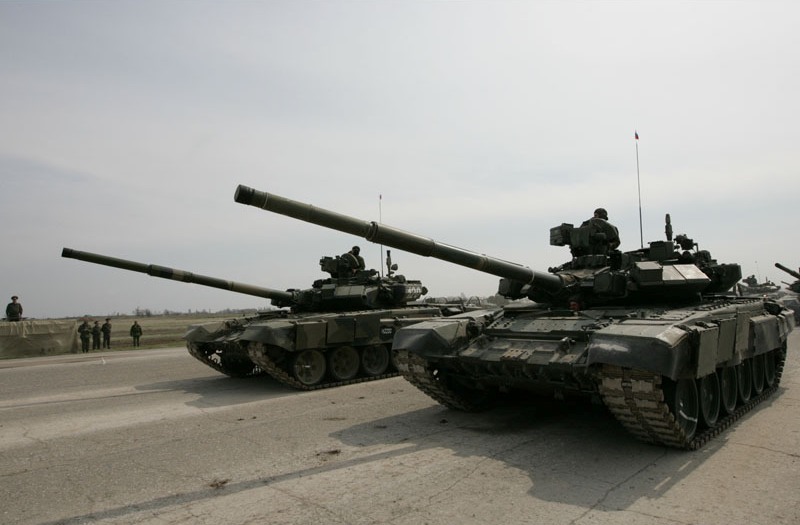
Ukraine is facing serious problems in the east, where Russia’s forces are grinding forward
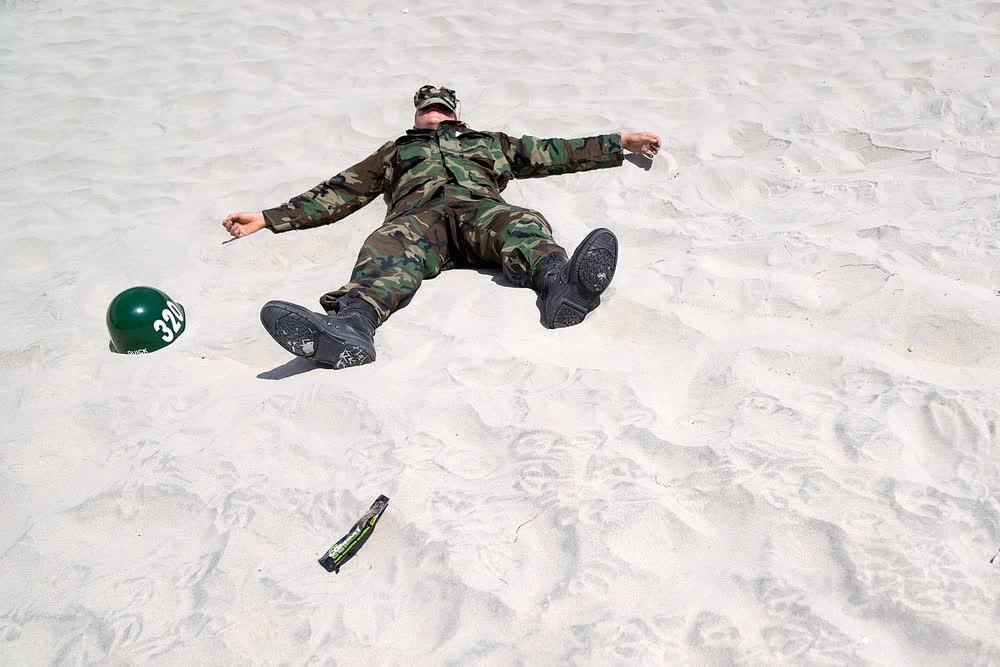
How Navy SEAL candidates recover after Hell Week
Sandboxx News
-

‘Sandboxx News’ Trucker Cap
$27.00 Select options This product has multiple variants. The options may be chosen on the product page -

‘AirPower’ Classic Hoodie
$46.00 – $48.00 Select options This product has multiple variants. The options may be chosen on the product page -

‘AirPower’ Golf Rope Hat
$31.00 Select options This product has multiple variants. The options may be chosen on the product page -

‘Sandboxx News’ Dad Hat
$27.00 Select options This product has multiple variants. The options may be chosen on the product page
